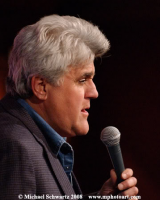Q: My student is unable to produce the Sh sound and it sounds very slushy. When he tries to say the sound, I noticed that he puffs up his cheeks with air. How can I get him to not do this and make that air flow come out the front? Here is what Nemoy and Davis (1937) would have done–– Have him make a Long E–– “Eeeeeeeee.” Make it be a strong, exaggerated, very smiley, and prolonged E. Super-exaggerate it….
Sloppy Sh with Puffy Cheeks
By Pam Marshalla

